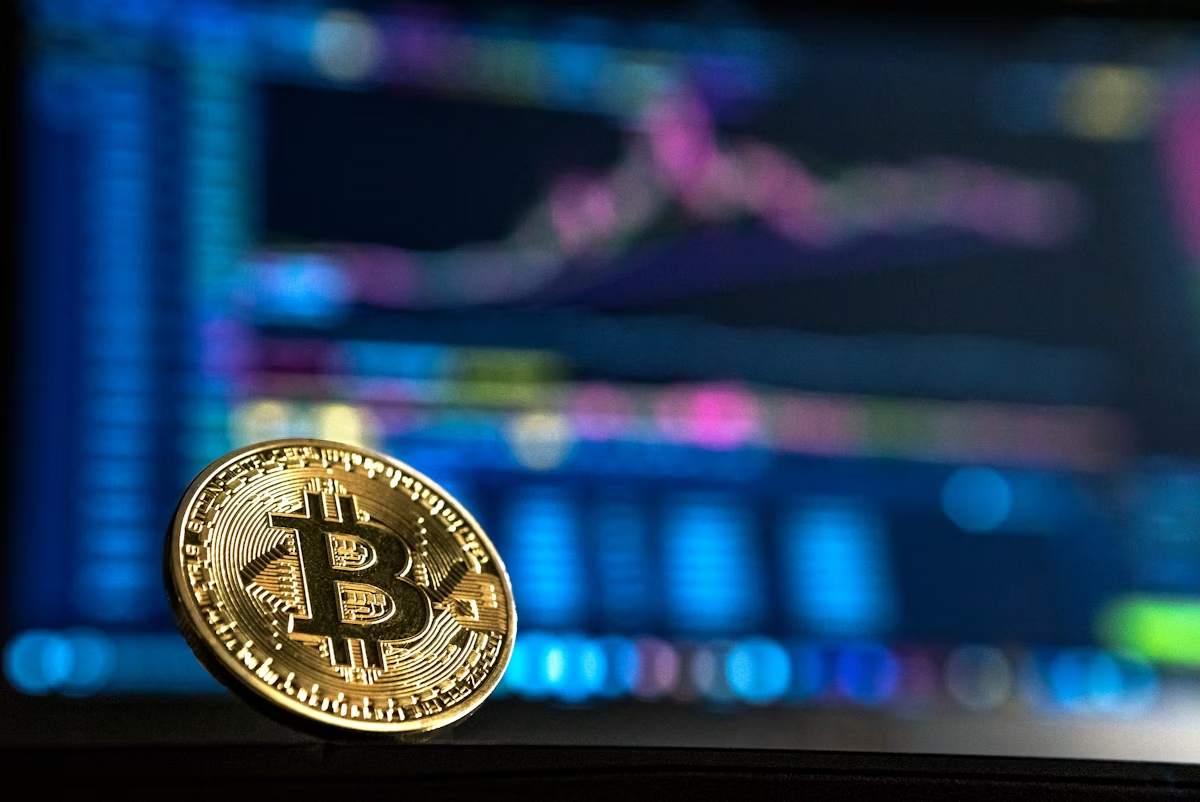Introduction: The Changing Financial Scene in the World
By 2025, digital assets will account for 35% of global financial transactions, and AI-driven trading will account for 85% of stock market volume, signalling a significant shift in global markets. Decentralised finance, sustainable investing, and quantum computing have all come together to create previously unheard-of opportunities as well as new challenges. With emerging markets accounting for 52% of the growth in global GDP, the global market capitalisation has risen to $145 trillion.
This extensive guide, which is over 2,500 words long, examines:
- The evolution of the stock market, including sector rotations, AI trading, and worldwide equity trends
- The Crypto Revolution (Regulating frameworks, DeFi 2.0, and CBDCs)
- Changes in Economic Power (dominance of emerging markets and new trade corridors)
- Sustainable Investing (impact measurement and ESG integration)
- Disruption of Technology (predictive analytics and quantum finance)
1. 2025 Stock Market Trends: The Revolution in AI Trading
A. Performance of the Global Equity Market
| Market | 2025 Performance | Key Drivers & Trends |
|---|---|---|
| S&P 500 | +18% YTD | AI infrastructure stocks, quantum computing companies |
| NASDAQ | +25% YTD | Biotechnology breakthroughs, space economy leaders |
| Euro Stoxx 50 | +12% YTD | Green technology, luxury goods recovery |
| Shanghai Composite | +15% YTD | Semiconductor independence, electric vehicle dominance |
| Nifty 50 | +22% YTD | Digital infrastructure, fintech expansion |
B. Megatrend Investments & Sector Rotation
Quantum computing and artificial intelligence:
- With an 85% market share, NVIDIA leads the AI chip industry.
- Since demonstrating quantum supremacy, QuantumBase Inc. has increased by 300%.
- Every year, cloud AI platforms see a 45% increase in revenue.
Transition to Sustainable Energy:
- Renewable infrastructure is being dominated by NextEra Energy.
- Storage is being revolutionised by QuantumScape solid-state batteries.
- $250 billion is being invested in green hydrogen companies.
Innovation in Healthcare:
- CRISPR Therapeutics leading gene editing applications
- Following regulatory clarity, telehealth platforms are expanding by 60%.
- Pension fund investments are being made in longevity science companies.
2. The 2025 Crypto Revolution: Widespread Acceptance
A. Digital currencies issued by central banks (CBDCs)
| Country | CBDC Status | Implementation Features |
|---|---|---|
| China | Full rollout (e-CNY) | Smart contracts, offline capability, monetary policy tools |
| USA | Pilot phase (Digital Dollar) | Privacy protections, bank integration, cross-border testing |
| Eurozone | Development stage (Digital Euro) | Retail and wholesale versions, settlement finality |
| India | Advanced testing (Digital Rupee) | UPI integration, rural accessibility, low-cost transactions |
B. Institutional Adoption & DeFi 2.0
Next-Generation DeFi:
- Interoperability across chains to address fragmentation problems
- Procedures for insurance that address the risks associated with smart contracts
- The DeFi architecture incorporates regulatory compliance.
Infrastructure of Institutions:
- $150 billion in cryptocurrency assets are being held by Goldman Sachs Digital.
- $75 billion is managed by BlackRock Crypto ETF across 15 digital assets.
- Every day, $5T is settled in repo transactions on the JP Morgan Blockchain.
3. Changes in Economic Power: A New World Order
A. Dominance of Emerging Markets
| Region | Economic Growth | Key Opportunities |
|---|---|---|
| Southeast Asia | 6.8% average GDP growth | Digital economy, manufacturing hub, green infrastructure |
| Africa | 5.2% average GDP growth | Mobile finance, renewable energy, population dividend |
| Latin America | 4.5% average GDP growth | Nearshoring, mining, agricultural technology |
| Middle East | 4.1% average GDP growth | Diversification, tourism, technology hubs |
B. Changes in Trade Corridors
The Silk Road of Digital
- 150 countries are connected by 5G infrastructure.
- Platforms for e-commerce that facilitate $5 trillion in trade annually
- Cross-border friction is decreased by digital payment systems.
New Centres for Manufacturing:
- India and Vietnam are taking over the production of electronics.
- Nearshoring trends are advantageous for Mexico.
- Eastern Europe is emerging as a hub for auto manufacturing.
4. Sustainable Investing: Impact & Integration of ESG
A. Evolution of ESG Measurement
| Metric Category | 2025 Standards | Investment Impact |
|---|---|---|
| Carbon Accounting | Mandatory Scope 1-3 reporting | 45% premium for net-zero aligned companies |
| Diversity Metrics | Board composition, pay equity | 32% higher valuations for diverse leadership |
| Water & Resource Use | Circular economy metrics | Resource-efficient companies outperforming by 28% |
| Social Impact | Community investment, fair wages | Lower volatility, higher employee productivity |
B. Growth of Green Finance
Markets for Sustainable Debt:
- The annual issuance of green bonds has reached $2.5 trillion.
- Loans with a sustainability component and interest based on ESG performance
- Transition bonds to finance the phase-out of fossil fuels
Markets for Carbon:
- The price of carbon is convergent globally at $75/ton.
- Every year, voluntary markets are expanding by 300%.
- Carbon removal credits that are traded at high prices
5. Technological Upheaval: Predictive Analytics & Quantum Finance
A. Financial Applications of Quantum Computing
| Application | Quantum Advantage | Current Status |
|---|---|---|
| Portfolio Optimization | 1000x faster risk analysis | Early adoption by hedge funds and asset managers |
| Fraud Detection | Pattern recognition across billions of transactions | Banking sector implementation beginning |
| Option Pricing | Solving complex derivatives pricing instantly | Investment banks testing quantum algorithms |
| Cryptography | Breaking current encryption, creating quantum-safe alternatives | Migration to post-quantum cryptography underway |
B. The Development of Predictive Analytics
Other Sources of Information:
- Retail traffic and agricultural yields are predicted by satellite imagery.
- Social media sentiment analysis for predicting consumer trends
- Data on shipping and logistics to predict supply chain interruptions
Models for Machine Learning:
- Reinforcement learning that adjusts to shifting market dynamics
- Analysing earnings calls and regulatory filings using natural language processing
- Network analysis showing how multinational corporations are interconnected
6. Risk Management 2025: Handling New Difficulties
A. New Risk Types
| Risk Type | 2025 Characteristics | Mitigation Strategies |
|---|---|---|
| Climate Risk | Physical damage, transition costs, liability claims | Scenario analysis, green hedging, insurance innovation |
| Cyber Risk | AI-powered attacks, quantum decryption threats | Zero-trust architecture, quantum-safe cryptography |
| Geopolitical Risk | Trade fragmentation, currency weaponization | Diversification, political risk insurance, local partnerships |
| Technology Risk | AI bias, algorithmic failures, system dependencies | Explainable AI, redundancy, continuous monitoring |
B. Evolution of Portfolio Construction
Allocation of Dynamic Assets:
- Real-time portfolio rebalancing by AI optimisers
- Investing in risk factors that target particular risk premia
- Anticipating market stress events through liquidity management
Other Types of Investments:
- 30% of institutional portfolios are now made up of private assets.
- Allocating 5–10% of digital assets is becoming the norm.
- Government spending benefits infrastructure investments
FAQs
A. Basic change: AI algorithms now analyse millions of data points to find patterns that humans cannot see, and AI-managed funds beat traditional funds by 15–25% a year.
A. There are still opportunities for selection. Blockchain infrastructure projects and regulated DeFi platforms offer significant growth potential amid increased institutional adoption, even though the easy gains are over.
A. Southeast Asia and India are drawing 45% of emerging market investments due to their favourable demographics, digital transformation, and 6-8% GDP growth.



